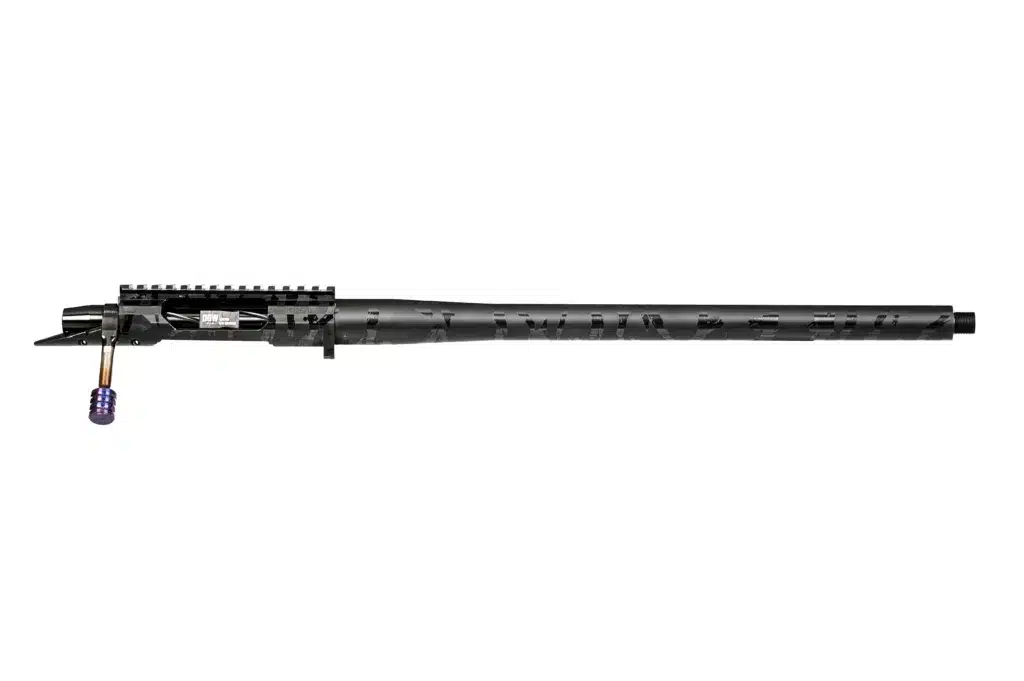
Table of Contents
Bolt Action Rifle Chassis/Stock
The chassis or stock is your interface between you and your bolt action rifle. It must fit you perfectly with the length of pull and height of comb to make sure your eye is centered on the scope. While you can set up a stock by adjusting ring height of the scope this is limited with high end 56mm objective optics.
It is optimal to buy a bolt action rifle with adjustable cheek comb and length of pull. This way you can put your scope of choice to get the proper barrel clearance and setup on the rifle first then adjust the stock for eye relief and length of pull, we will cover scope selection and set up in a later write up.
Stocks and Chassis are a subjective and personal choice you should get behind as many options as possible to see what you are most comfortable with. Beyond the length of pull and comb adjustments there are other options to consider.
Most chassis have AR 15 style grips or specialized long range vertical grips again some like them some do not. They also have other features such as thumb rests, night vision bridge mounts, Horizon levels, range finder mounts and ability to add additional weights and mounting option. The sky is the limit with chassis and new options are being introduced all the time.
Stocks have a more traditional bolt action type grip handle. Many do have some form of modern accessories mounting for bipods and or M lock accessories.
Just remember you must be comfortable behind the gun, the better the fit the easier it is to get a natural point of aim and the more successful you will be.
Trigger
The trigger is a critical part of your choice. It must be light enough and break cleanly enough as to not displace the rifle when shooting. The trigger is the easiest major bolt action rifle component to be upgraded so if you have a clean breaking trigger that can be adjusted from 2-3 pounds you should be fine for 1000-yard shooting. As you gain experience swapping out the trigger is easy and quick.
There are two types of trigger function to consider the single stage which there is little take up before the trigger breaks the sear cleanly. And the two stage which there is some take up and then you hit a wall where the trigger breaks with a lighter secondary pull.
Many people prefer the single stage, and they are great in warmer weather or any weather that you can still feel your finger pressure on the trigger. You just know the trigger will break with enough dry fire practice. This pressure will be dictated by how many pounds of pressure you adjust the trigger to.
The two stages are a great way to slowly come up to the wall then break the trigger. Many LE and military shooters like this feature so they can get on the shot but have a little extra safety and the ability to come off the trigger if the shot is not perfect. The second stage can also be a lighter pull than a single stage trigger to break the sear. In long rang target shooting we are more concerned about sending a $1.50 or more shot into the dirt instead of the target. If you have a 2-pound trigger half or some portion of each stage will add up to the 2 pounds.
Other Considerations
Scope rails, a 20 MOA forward biased rail is suggested to keep your reticle closer to the center of the scope adjustment. Most of the shelf rifles will have a two-piece mounting system which means the picatinny scope base is a different piece than the action. This should be made of steel and ideally have 8-40 screws to mount to the action. 6-48 are standard and can be used but we suggest you take the time to bond the base to the action.
If you can find an integrated scope mount it is the best option as this can never move and affect zero. This will be on rifles that are on the higher end of the price range.
Another choice that is integrated is the recoil lug while not necessary for accurate rifles it does take some of the stacked tolerances away and it can never get rust between the action and recoil lug.
Muzzle brakes/threaded barrels. If you live in a free state or country, we always suggest you have a threaded barrel on your rifle. Brakes mitigate recoil and keep the rifle from jumping off the target. The blast from the brake will ware on you and can introduce flinch in anticipation. So, if you live in a state that allows silencers, we always suggest them. It makes it easy to concentrate on keeping the reticle on the target shot after shot.
Ringing Steel at 1,000 yards – Part 1 – Bolt Action Rifle and Barrel



